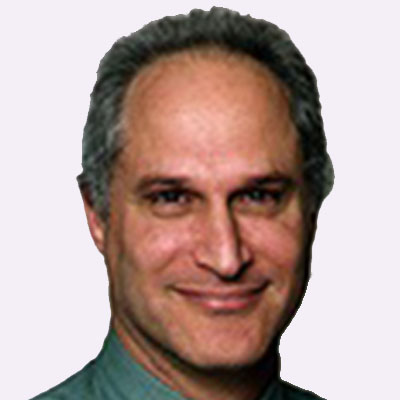Biography
Dr Bisley received his Ph.D. from the University of Melbourne in Australia where he studied the peripheral somatosensory system. He did his first post-doc at the University of Rochester working with Dr Tatiana Pasternak, where he studied the neural mechanisms underlying memory for motion. In 1999, he went to Washington, DC where he worked with Dr Michael E. Goldberg at Georgetown University and the National Eye Institute, studying the neural mechanisms underlying visuo-spatial attention. Dr Bisley moved to Columbia University with Dr Goldberg in 2002 and joined UCLA in 2006.
Biography
My general interest is in the cellular basis of learning and memory,and my lab focuses on understanding the cellular and molecular mechanisms underlying one particular type of learning, the extinction of Pavlovian fear conditioning. Classical, Pavlovian, fear conditioning is an important model both of learning and memory, and, of the pathogenesis of human anxiety disorders. Fear responses confer important protections from environmental threats, but are not always adaptive. Extinction is the gradual reduction of conditioned responding by persistent presentation of the conditional stimulus (i.e., tone; CS) without a paired unconditional stimulus (i.e., footshock; US), and it is the explicit basis for behavior therapy of anxiety disorders, and for cognitive behavioral therapy of depression, two psychotherapies of proven efficacy. Extinction is a form of learning, not erasure or passive forgetting, and is also one of the most elemental forms of learned inhibition. Even after complete extinction the original conditional response can return spontaneously with the passage of time, or be renewed by a change of context, demonstrating that the original memory remains, and that extinction only inhibits its expression. Despite its importance as a paradigm of inhibitory learning and its enormous relevance to human psychotherapy, little is known of the molecular or cellular mechanisms underlying the extinction of fear conditioning. Only a handful of papers have demontrated effects of drugs on extinction. Anatomically, only the amygdala has been unambiguously implicated in extinction. My laboratory is now focused on elucidating the neurotransmitters and second messenger systems involved in the extinction of fear conditioning, with the ultimate goal of developing adjunctive treatments to accelerate and facilitate the behavioral psychotherapy of anxiety disorders, psychotherapy in general, and inhibitory learning, the type of learning most dependent on intact frontal function. The underlying hypothesis governing the design of these experiments is that extinction should share mechanisms and molecules with other, well-studied forms of learning and of synaptic plasticity, such as long-term potentiation (LTP), and that differences from other forms of learning will be particularly interesting and relevant to inhibitory learning and to psychotherapy. Based on this hypothesis, we began with experiments to design an efficient extinction protocol, and immediately discovered an important difference between extinction and other forms of learning. We found that, unlike other forms of learning, extinciton is more efficient with temporally massed rather than spaced training. In exploring the basis of this finding, we discovered that the response to the CS is a compound of two opposing behavioral processes. Prolonged exposures do cause a weakening or decrease of responding, while shorter exposures not only cause less weakening, but actually cause increases of conditioned response, in this case behavioral freezing. The amount of behavioral extinction is the net outcome of these two opposing processes. This observation has allowed us to generate efficient protocols that generate either extinction or fear increase, and have allowed us to initiate investigations of the mechanisms for each of these behavioral processes. Our pharmacological investigations are at an early stage, but have already yielded interesting findings. While fear, and the fight or flight response, are famously related to adrenergic transmission, we have found that yohimbine, an adrenergic agonist that is anxiogenic in humans, facilitates extinction, while blocking the increases of fear with short CS exposures. Propanolol, an anxiolytic and amnestic beta-adrenergic blocker, facilitates both fear increases and the memory of that increase on subsequent days testing. The lab is now continuing with its behavioral and pharmacological dissection of extinction and the novel phenomenon of fear enhancement. We are also beginning to refine our questions in two ways: First, we are beginning to inject pharmacological agents directly in the amygdala and areas of prefrontal cortex, so that we can assign the drug effects we are seeing to defined anatomical locations. Second, we are beginning studies of amygdala LTP in brain slices in vitro, to attempt to attain a greater understanding of the cellular events underlying extinction in the amygdala.



